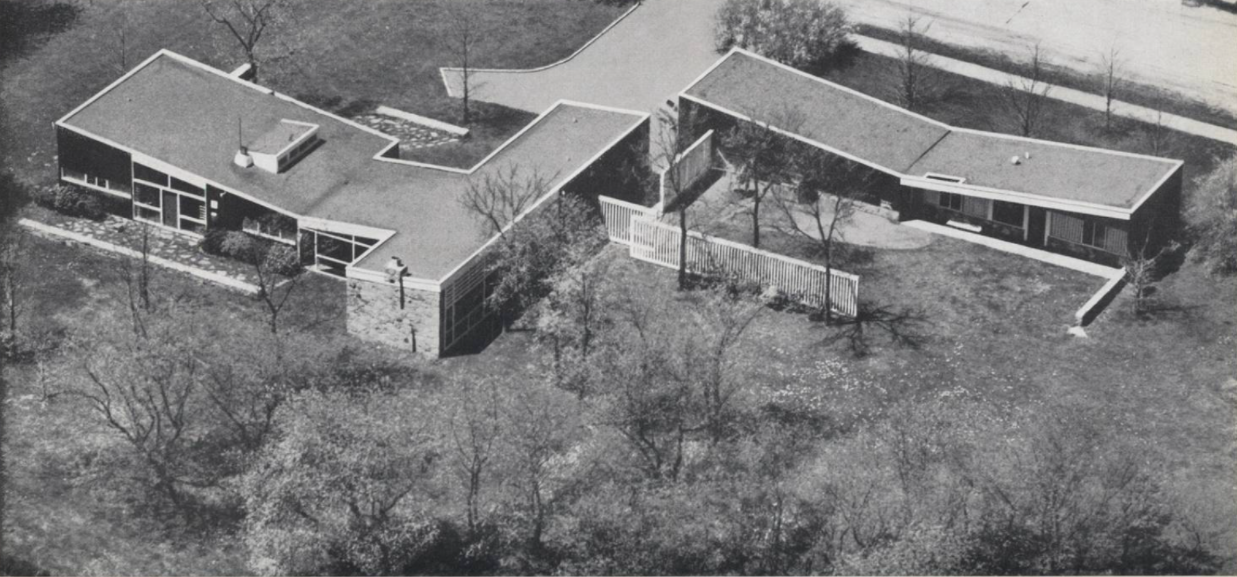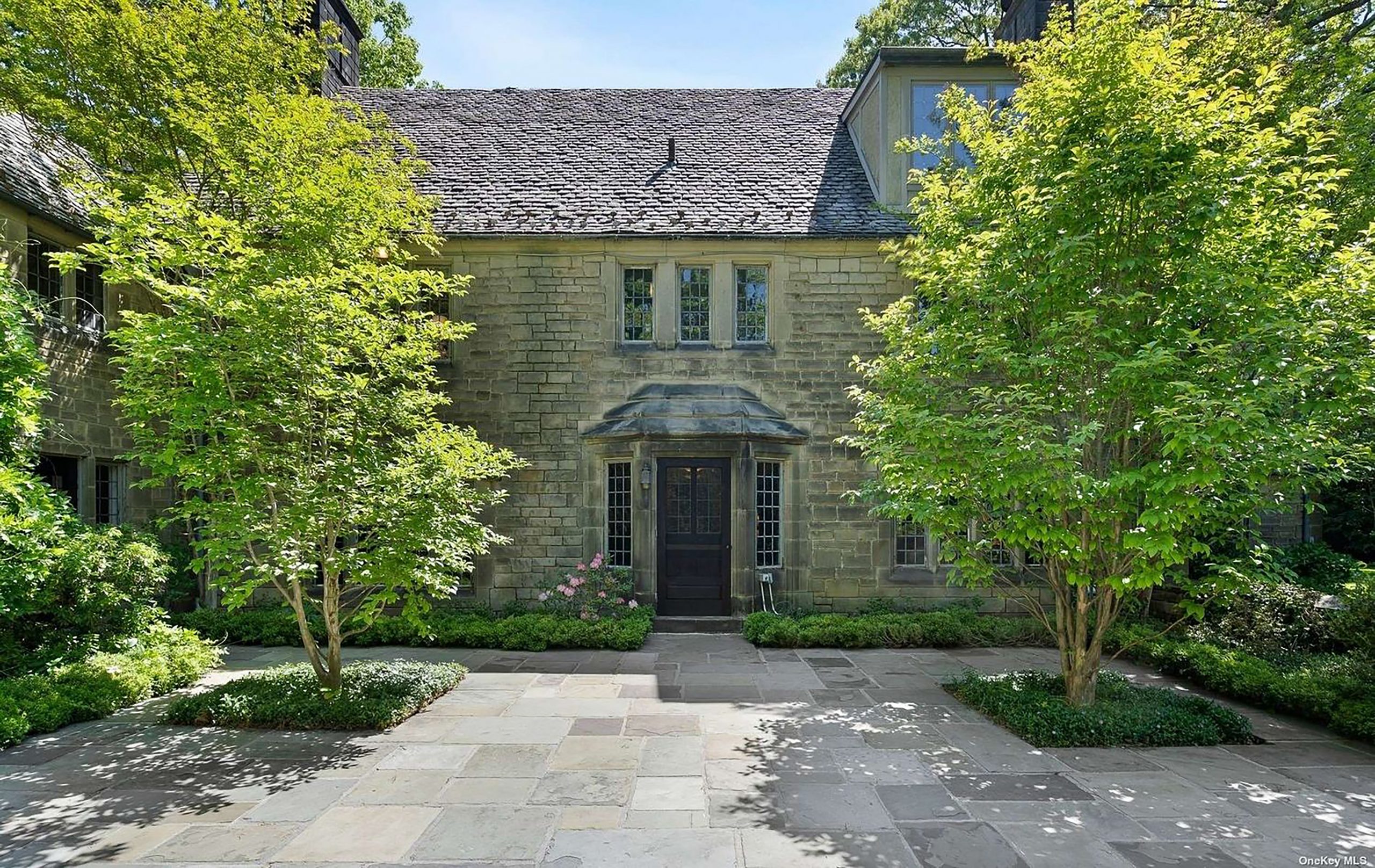In the early morning of January 26, 2022, we lost an irreplaceable masterpiece designed by Marcel Breuer, world-renowned pioneer of early modern domestic architecture.

Bulldozers descended upon the house after the Village of Lawrence issued a demolition permit to the current property owners. Originally constructed in 1947 for Bertram and Phyllis Geller, the innovative house gained immediate attention from architects and designers around the world. It strongly influenced plans for many other structures, especially new residences built in rapidly growing suburbs across the United States after World War II.
When painful losses of historic places occur, many people often ask: What can we do to stop this from happening again? Drawing from Preservation Long Island’s community-based approach to advocacy, we believe the best solution is for residents to get more involved in local planning and decision-making. Two ways municipalities can initiate direct action are:
Adopt a Municipal Landmark/Historic Preservation Ordinance
If you live or work in an incorporated village or town and want to prevent demolitions like the one that happened in Lawrence, contact your local officials to advocate for the adoption of a municipal landmark ordinance as soon as possible.
Ready to adopt a preservation ordinance? Our colleagues at the Preservation League of New York State created a Model Preservation Law for municipalities in partnership with the NYS Historic Preservation Office. An excellent resource!
Why are municipal ordinances important? Listing on the National and State Registers of Historic Places does not explicitly protect historic sites from destruction by their owners. Only local preservation laws can protect historic properties from damaging alterations or demolition by their private owners. Unfortunately, only about 1/3 of the local governments in Nassau and Suffolk Counties have adopted some form of historic preservation law, which means historic sites in most communities are at risk. Do you know if your local government has a landmark ordinance? Find out by searching our new digital Local Landmark Law Locator tool.
Actively Participate in the Process of Municipal Review and Public Hearings for Redevelopment Projects in Your Community
Every local government on Long Island is partly run by the work of appointed boards, including a Zoning Board of Appeals, Planning Board, Architectural Review Board, and/or Landmarks Preservation Commission. These appointed boards hold regular meetings and public hearings to review, approve, or deny applications for demolitions, subdivisions, variances, zoning changes, and/or special use permits. You can help prevent destructive redevelopment in your community by attending the future meetings of your local boards of review and participating in public hearings.
Here are some recent examples of positive preservation outcomes we’ve worked on that were made possible through the support and participation of local residents in municipal review and public hearings:
- John Mackay III’s Happy House is now protected from demolition thanks to an agreement between the Village of East Hills and former owners. Previously, Happy House was listed as one of our 2021 Endangered Historic Places, facing demolition and redevelopment as a new four-lot subdivision. The agreement emerged from a rigorous environmental review process, including the preparation of a detailed Environmental Impact Statement (EIS) that acknowledged the concerns of local community members and identified more sensitive alternatives to the initial four-lot subdivision.

- Southampton Village’s Architectural and Historical Review Board voted unanimously on December 13, 2021, to deny an application to demolish an important modernist residence designed by architect Norman Jaffe. The application was rejected by the board following a review process that included expert analysis of the house by Alastair Gordon as well as many letters of opposition submitted to the board by local residents and preservation advocates.

By Sarah Kautz, Preservation Director, Preservation Long Island and Caroline Zaleski, Preservation Long Island Trustee
Further Reading
Interested in more information about Marcel Breuer and his designs for Long Island properties? Look to the publication Long Island Modernism 1930-1989 (2012) by Caroline Rob-Zaleski, produced by Preservation Long Island and published by W. W. Norton & Co.




